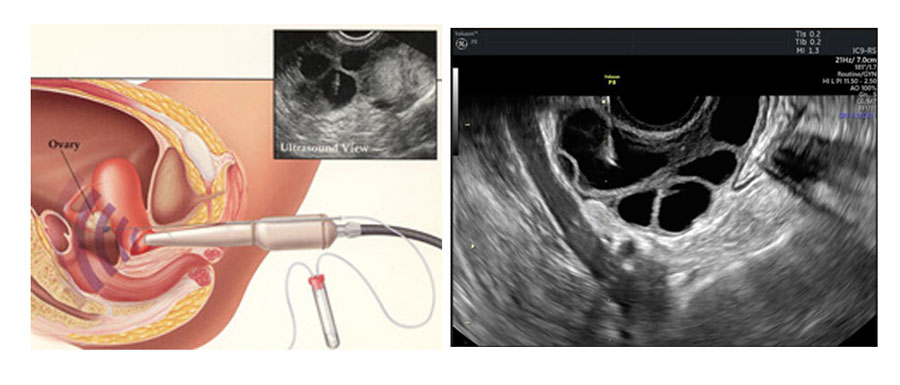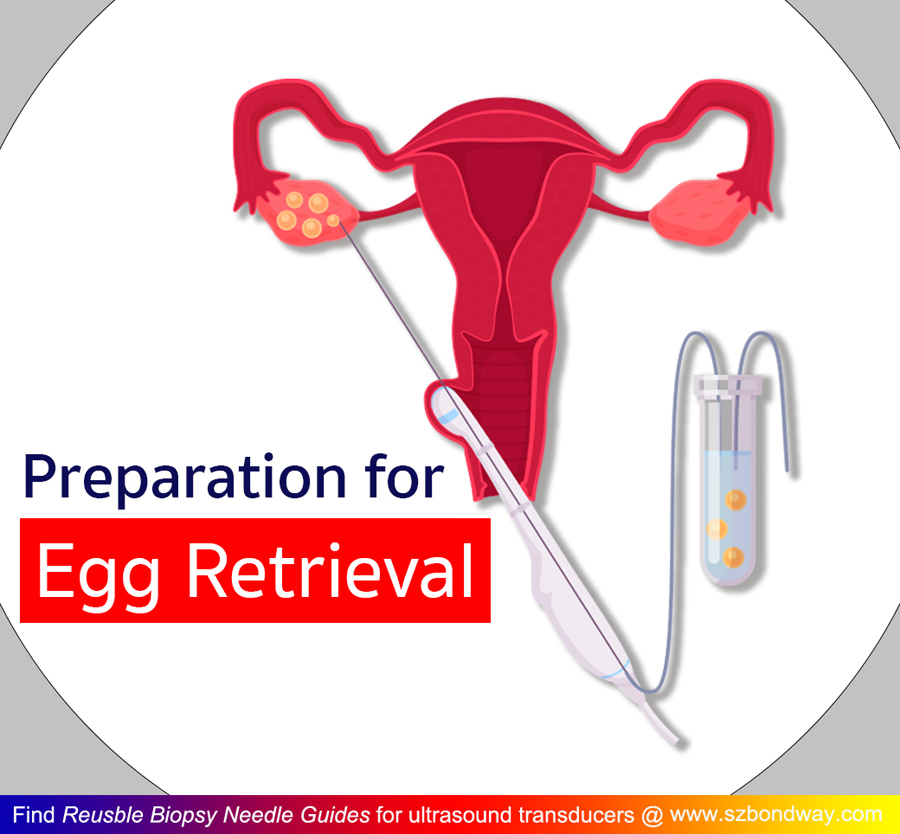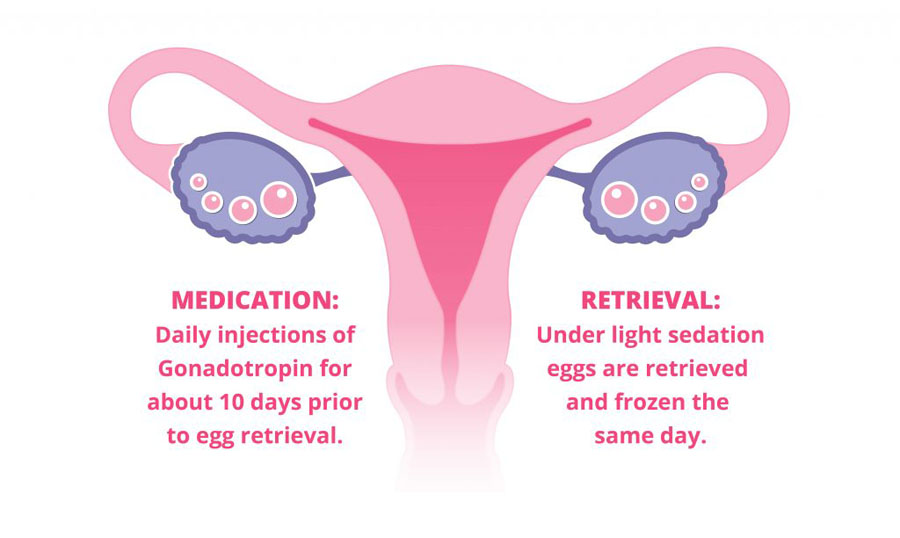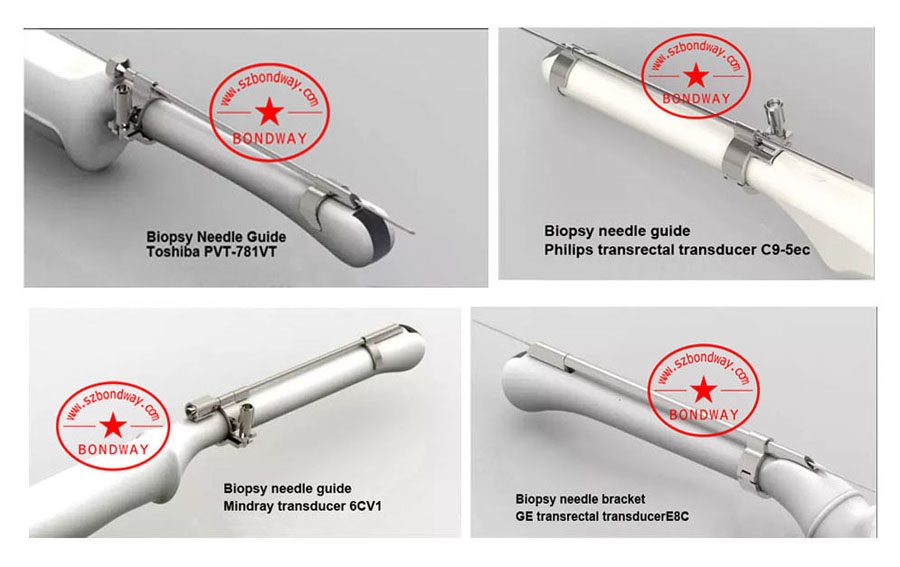What Is the Egg Retrieval Process Really Like? (biopsy needle bracket for endocavity transducer for Fertility center)
While the process of retrieving eggs from your ovaries may seem intimidating, it’s actually a fairly common procedure with minimal side effects.

Most women retrieve eggs for one of three reasons:
1) They’re undergoing in vitro fertilization (IVF), a fertility treatment that involves retrieving eggs from the ovaries, inseminating them with sperm, and inserting the fertilized embryo into the woman’s uterus.
2) They’re freezing eggs for later use. Alternately, they could freeze embryos (eggs fertilized with sperm). Women/couples often freeze eggs when they aren’t ready to have a baby yet, but they’re worried about diminishing egg quality or quantity.
3) They’re donating eggs to another woman/couple.

No matter the reason for egg retrieval, the process follows the same basic timeline:
The woman prepares by taking fertility-boosting medications for about two weeks, heads to the hospital for a surgical procedure to retrieve the eggs, then spends one day recovering. Here’s everything you need to know about the egg retrieval process.
How Egg Retrieval Works

Egg retrieval involves a surgical procedure with a mild sedative (called twilight anesthesia) given through an IV. “The woman will breathe on her own throughout the surgery, but she won’t remember or feel anything,” explains Dr. Roth.
After she’s sedated, the woman’s legs are placed in a stirrup and surgeons conduct a vaginal ultrasound. They’ll insert a needle through the vaginal wall into the ovary. “The needles go into each ovarian follicle and use gentle suction to pull out the fluid and the egg that comes with it,” says Dr. Roth. “Doctors give this fluid to the embryologist, who can immediately tell how many eggs they're getting.” (Typically, doctors harvest about 15-20 eggs. It’s estimated that 80% of retrieved eggs will be viable.)

The woman wakes up about 30 minutes later, recovers for one-two hours at the healthcare center, then heads home to rest. Since driving isn’t advised for 24 hours, a friend or family member usually escorts her home. Dr. Roth says most patients can return to work the next day, although they may experience minor side effects. There are no scars or stitches required for the surgery.
Shenzhen Bondway Electronics Co., Ltd. has developed over 600 types of reusable biopsy needle bracket for ultrasonic transducers, suitable for transvaginal ultrasound probes (also known as endocavity transducer or transvaginal probe, or endovaginal probe, or vaginal probe) for egg retrieval, endometrial biopsy purpose, embryo transfer etc, covering most of the major ultrasound brands in the current market.

We’re proud that more and more fertility centers at home and abroad are using our reusable biopsy needle brackets during their routine work. If you fail to find the biopsy needle guide for your ultrasound probes on our website, please do not hesitate to contact our sales staff, and we will uploaded newly developed products onto our official website periodically.

Shenzhen Bondway Electronics Co.Ltd
2020-9-24
 English
English
 中文
中文 Français
Français
 Español
Español Pусский
Pусский








